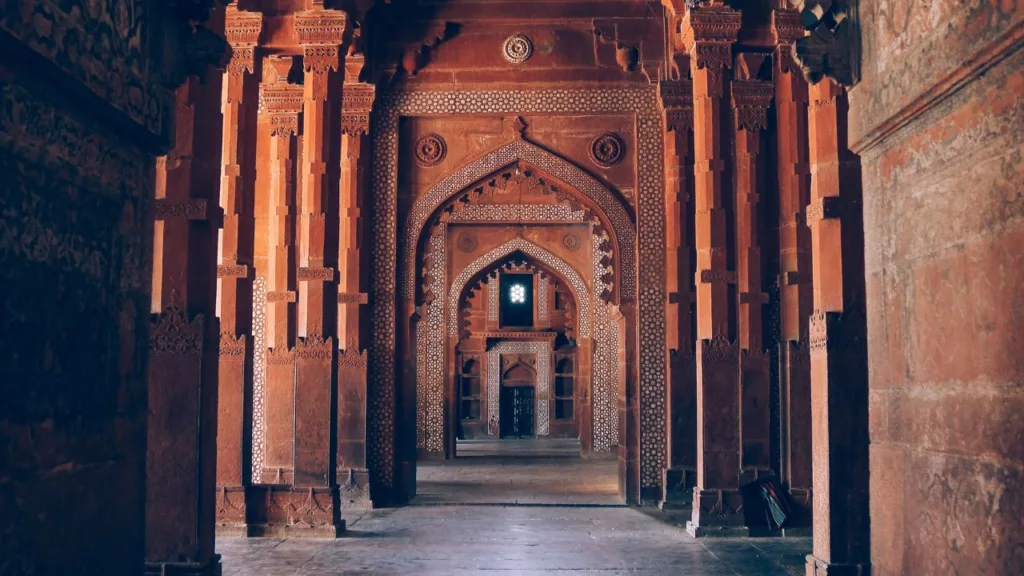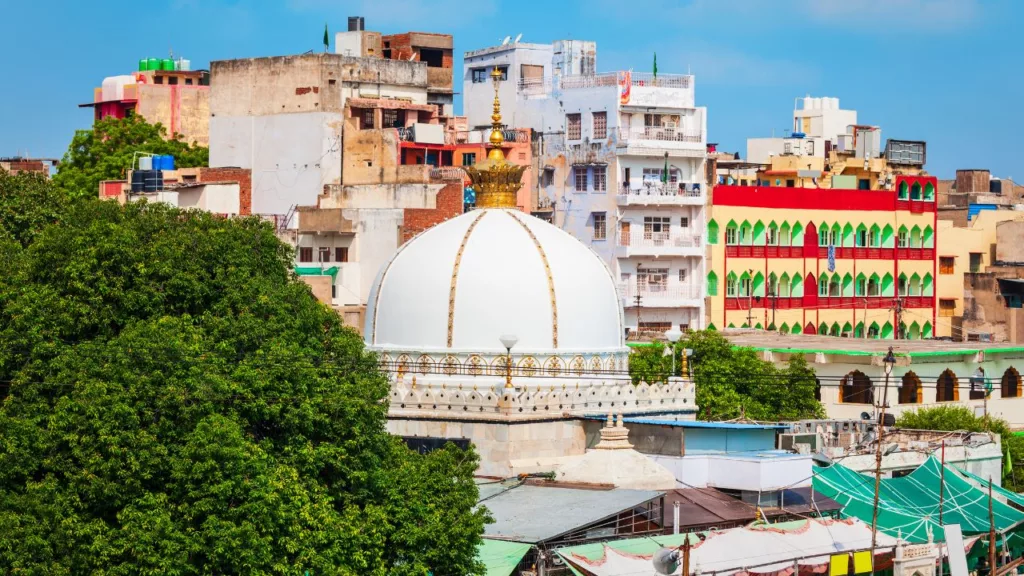Islam in India
"From Ancient Traders to Mughal Marvels: Tracing the Impact of Islam on India's Cultural Landscape"

Islam in India
Islam in India refers to the presence and influence of the Islamic faith and culture in the Indian subcontinent. It has a history dating back over a thousand years and has played a significant role in shaping India’s rich cultural and historical heritage.
- Do Muslims Celebrate Christmas? Understanding the Perspective
- What Does Heaven Iook like |Islamic Article|2023
- Muhammad Meaning | Islamic Name | The Messenger of Islam | 2023
Introduction:
Islam in India is a topic of immense historical and cultural significance. The presence of Islam in the Indian subcontinent dates back over a thousand years, and it has played a pivotal role in shaping the country’s diverse heritage. In this article, we will explore the history, culture, and contributions of Islam in India, all in simple language for easy understanding.

Arrival of Islam in India
Islam arrived in India in the 7th century CE, with the advent of Arab traders. However, it gained significant prominence during the 12th century when Muslim rulers established dynasties, such as the Delhi Sultanate, across the Indian subcontinent.
Influence on Indian Culture
Islam’s influence on Indian culture has been profound. It brought with it the art of calligraphy, intricate architecture, and Persian literature, enriching the existing Indian traditions. The fusion of Indian and Islamic elements led to the creation of the stunning Mughal architecture, exemplified by the Taj Mahal.
Contribution to Art and Science
Muslim scholars made significant contributions to various fields, including mathematics, astronomy, and medicine. Al-Khwarizmi’s work laid the foundation for algebra, and Ibn Sina’s writings in medicine were influential worldwide.
Festivals and Celebrations
Eid ul-Fitr and Eid ul-Adha are two major Islamic festivals celebrated with great enthusiasm in India. These celebrations include feasting, prayers, and the exchange of gifts.

Ajmer Sharif Dargah in Ajmer, IndiaDiversity of Islamic Practices
India is home to a wide variety of Islamic sects, including Sunni, Shia, and Sufi. Each sect has its own unique practices and beliefs, contributing to the rich tapestry of Islamic culture in India.
Coexistence and Harmony
India is known for its religious diversity, and Muslims have played a crucial role in promoting interfaith harmony. The Sufi saints, in particular, have preached love, tolerance, and unity among people of all faiths.
Challenges and Contemporary Issues
Like any other community, Muslims in India face challenges. Issues related to education, employment, and social inclusion have been areas of concern, and efforts are being made to address these challenges.
Conclusion
In conclusion, Islam in India is not just a religion; it’s an integral part of India’s rich cultural mosaic. Over the centuries, it has contributed to the nation’s art, science, and social fabric. The coexistence of various religious communities is a testament to the pluralistic ethos of India. Understanding the history and culture of Islam in India is essential to appreciate the country’s diversity and heritage.
FAQs-Islam in India
When did Islam first come to India?
Islam first arrived in India with Arab traders in the 7th century CE. However, it gained prominence with the establishment of Muslim dynasties in the 12th century.
What are the major Islamic festivals celebrated in India?
Two major Islamic festivals celebrated in India are Eid ul-Fitr and Eid ul-Adha. These festivals involve prayers, feasting, and the exchange of gifts.
How has Islam influenced Indian culture?
Islam has left a profound impact on Indian culture, contributing to art, architecture, calligraphy, and literature. Mughal architecture, exemplified by the Taj Mahal, is a notable example of this fusion.
What are the different Islamic sects present in India?
India is home to various Islamic sects, including Sunni, Shia, and Sufi. Each sect has its own distinct practices and beliefs.
Who were some famous Muslim scholars from India?
India has produced renowned Muslim scholars, including Al-Khwarizmi, whose work laid the foundation for algebra, and Ibn Sina, whose contributions to medicine were globally influential.
How has Islam contributed to interfaith harmony in India?
Sufi saints and scholars in India have promoted love, tolerance, and unity among people of all faiths, contributing to interfaith harmony.
What are some of the contemporary challenges faced by Muslims in India?
Muslims in India, like other communities, face challenges related to education, employment, and social inclusion. Efforts are being made to address these issues.
How does the Indian constitution protect the rights of Muslims and other religious minorities?
The Indian constitution guarantees freedom of religion and protects the rights of religious minorities, including Muslims. It promotes a secular and inclusive society.
What is the significance of the Islamic heritage in India’s pluralistic ethos?
The Islamic heritage in India is a vital part of the country’s cultural diversity. It reflects India’s pluralistic ethos, where multiple faiths coexist harmoniously.
How can one learn more about Islam in India’s history and culture?
To learn more about Islam in India, one can explore historical sites, visit museums, read books, and engage with local communities to gain a deeper understanding of its rich and diverse heritage.





